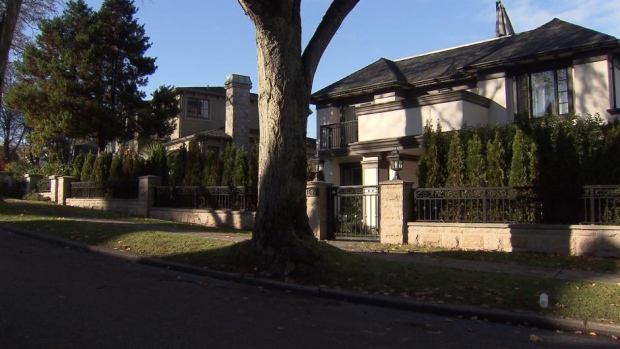Add the Organisation for Economic Co-operation and Development to the growing chorus of experts, economists and executives calling for more government action to slow surging home price gains in Canada.
“Very low borrowing rates have encouraged household credit growth and underpinned rapidly rising housing prices, particularly in Vancouver and Toronto, which together are a third of the Canadian housing market,” the Paris-based OECD said in a 316-page economic outlook report published Wednesday. “In relation to household incomes, both house prices and household debt are high. Macro-prudential measures have been strengthened recently but should be tightened further and targeted regionally.”
The call to tighten regulations comes one day after Bank of Nova Scotia CEO Brian Porter told BNN the federal government should consider raising down payment requirements for the second time in less than a year in hopes of tempering double-digit price growth he called “not sustainable.” Ottawa raised the minimum amount of money buyers must put down for homes worth more than $500,000 in February; but the impact of the change was negligible as Vancouver and Toronto home prices continued to hit new record highs in subsequent months.
Despite the OECD’s warning to Ottawa, the federal government says the country’s housing market “is stable on the whole” but adds that it’s ready to intervene if necessary.
“We have taken steps to address the pockets of risk in markets like Vancouver and Toronto and we will continue to monitor the situation carefully,” Annie Donolo, press secretary for the Office of the Minister of Finance, told BNN in an emailed statement.
“In addition to increasing minimum down payments for insured mortgages over $500,000, we have allocated funding to Statistics Canada to gather data on the activity of foreign investors, and are prepared to take further action if required.”
Many have been warning for years of a potential bubble forming specifically in the Vancouver and Toronto markets, where prices have ballooned 41 and 45 per cent respectively over the past five years. The OECD says the consequences of those bubbles popping would be felt far beyond the housing sectors.
“The main domestic downside risk is a disorderly housing market correction, particularly in the high-price Toronto and Vancouver markets,” reads an excerpt from page 103 of the OECD report. “This would damp residential investment and private consumption, and could threaten financial stability.”
Last week, TD Economics published a report warning the rapid rise of Vancouver and Toronto home prices was creating “buyer gridlock” whereby people who buy starter homes are increasingly finding themselves unable to trade up to larger homes. The report argued that is limiting options for first-time buyers and preventing people from listing their homes, tightening already limited supplies and putting even more upward pressure on prices.
Doug Porter, Chief Economist with BMO Capital Markets, took issue with TD’s conclusions in his own report published Wednesday. Porter notes Canadian home sales hit an all-time high in April on a seasonally adjusted basis, adding it was still the second-biggest month ever for sales even before making adjustments. Porter also pointed out average prices soared 13 per cent year-over-year in April.
“If that’s what passes for a slower market, or gridlock, or whatever one wants to call it, it’s frightening to imagine what fast-moving traffic would look like,” Porter wrote.
BNN VIEWER REACTION











